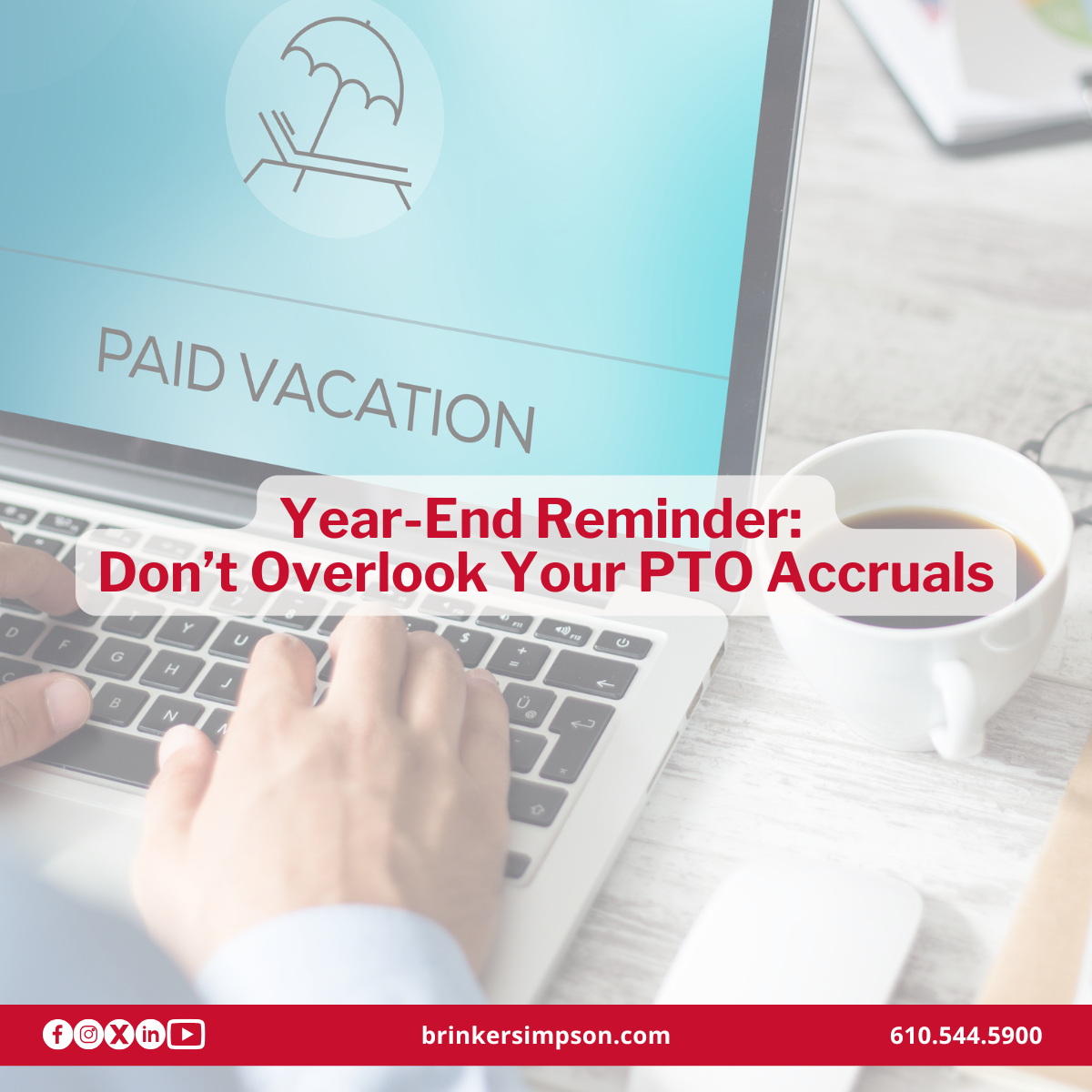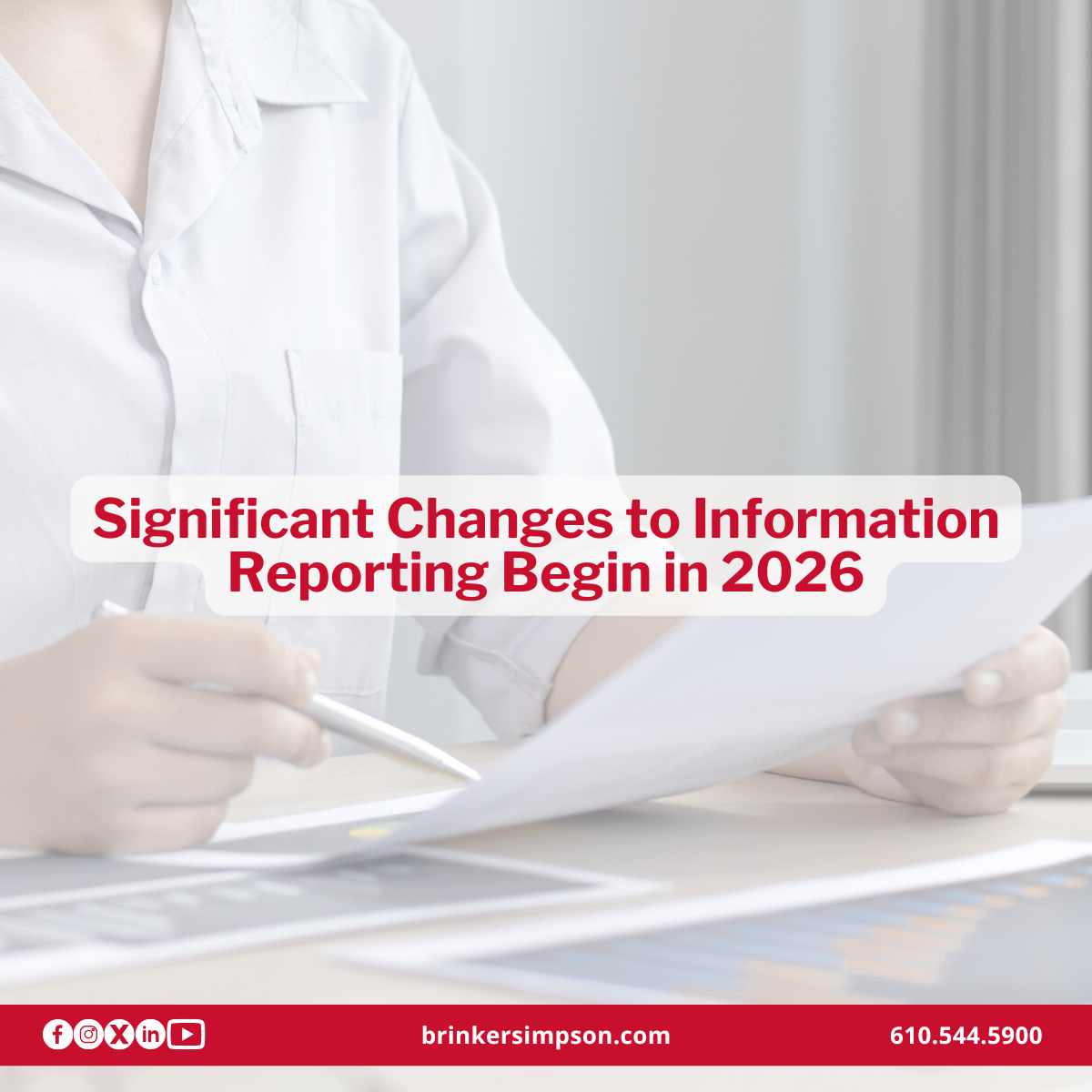As we celebrate birthdays and life events, it's easy to overlook the fact that certain ages trigger significant tax and financial changes. Whether you're preparing for retirement, managing healthcare costs, or planning charitable contributions, understanding these age-based provisions can help you make more informed decisions.
Here are some of the most important tax milestones based on age and what they could mean for you or your loved ones.
Age 50: Catch-Up Contributions Begin
Starting in the year you turn 50, you can make catch-up contributions to retirement accounts, helping you accelerate savings as retirement approaches. For 2025, contribution limits are:
- 401(k), 403(b), most 457 plans:
Up to $23,000 in regular contributions, plus an additional $7,500 in catch-up contributions - Traditional and Roth IRAs:
Up to $7,500 in total contributions, including a $1,000 catch-up
These extra contributions can reduce your taxable income and boost your retirement readiness.
Age 59½: Penalty-Free Retirement Distributions
Once you reach age 59½, withdrawals from retirement accounts such as IRAs and 401(k)s are no longer subject to the 10% early withdrawal penalty. However, regular income tax still applies to distributions from traditional accounts.
If you're retiring early, this age threshold opens up greater flexibility in accessing your retirement savings.
Age 62: Earliest Eligibility for Social Security
You can begin claiming Social Security retirement benefits at age 62, but doing so will reduce your monthly benefit compared to waiting until full retirement age (FRA) (typically age 66–67, depending on your birth year).
Claiming early may be appropriate in some situations, but it's worth weighing the long-term impact on your benefits.
Age 65: Medicare Enrollment and Tax Considerations
At age 65, you're eligible to enroll in Medicare and potentially qualify for valuable medical expense deductions on your tax return, particularly if you itemize.
This milestone can also signal a shift in your tax planning around healthcare, including strategies such as Health Savings Account (HSA) usage and long-term care planning.
Age 70½: Qualified Charitable Distributions (QCDs) Available
If you're 70½ or older, you can make qualified charitable distributions (QCDs) directly from your traditional IRA, up to $100,000 per year, to eligible nonprofits.
QCDs count toward your required minimum distributions (RMDs) and aren't included in your taxable income, making them an efficient way to support causes you care about while lowering your tax bill.
Note: For married couples, each spouse can contribute up to $100,000 annually via QCDs from their respective IRAs.
Age 73: Required Minimum Distributions (RMDs) Begin
As of 2025, individuals must begin taking RMDs from traditional IRAs and employer-sponsored retirement plans starting at age 73 (recently increased from 72 under the SECURE 2.0 Act).
The IRS calculates your RMD based on your account balance and life expectancy. Failing to take the required amount can result in significant penalties, so it's crucial to understand your distribution requirements.
Planning Tip: Consider coordinating your RMDs with other income sources and charitable giving to reduce the impact on your tax bracket.
Plan with Confidence
Whether you're approaching one of these milestones or helping a family member navigate them, being proactive can reduce tax surprises and support stronger financial outcomes. Our team is here to help you plan for life's tax moments, so you can celebrate more and worry less.



